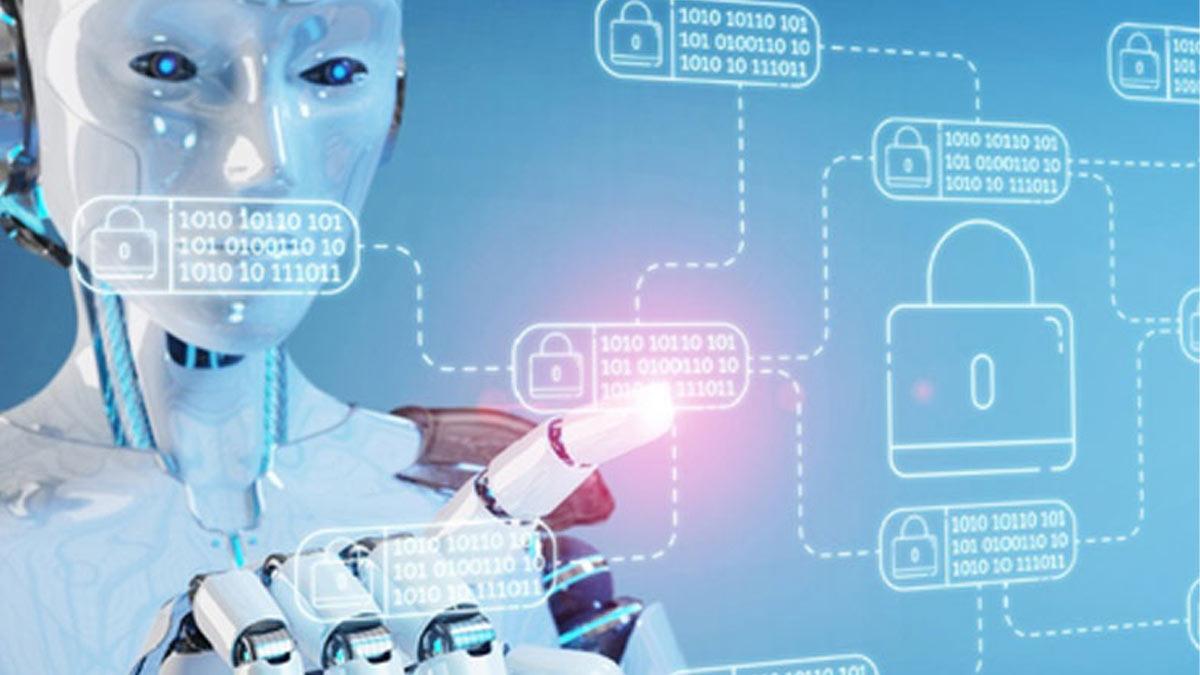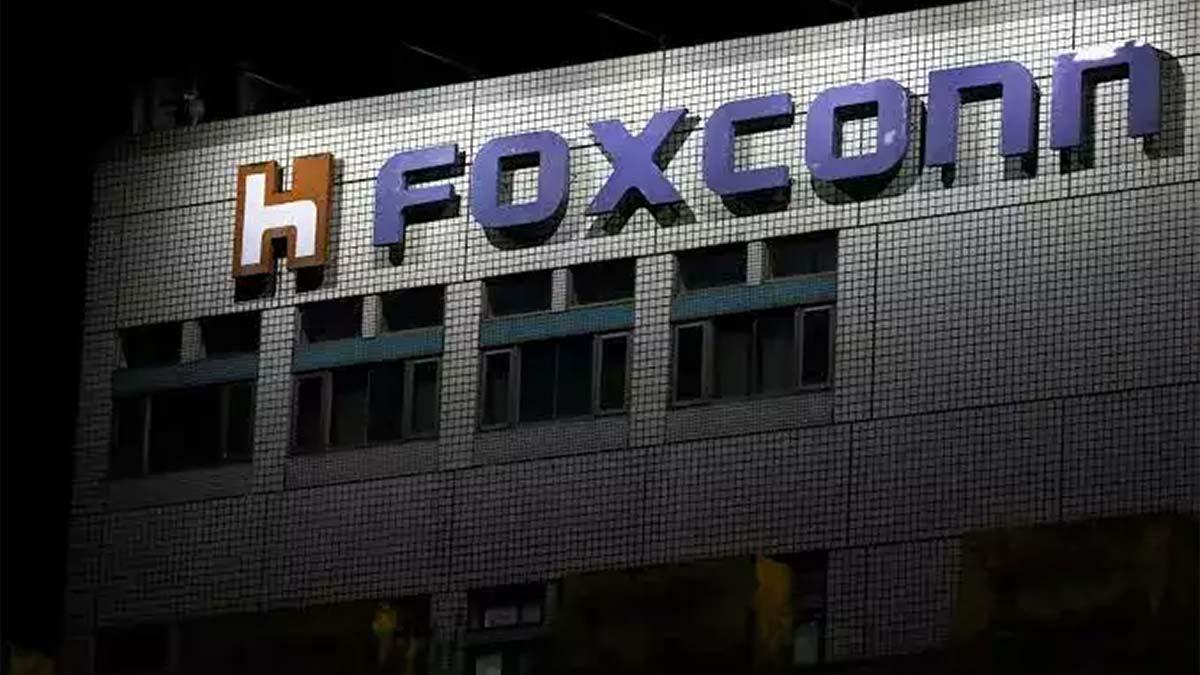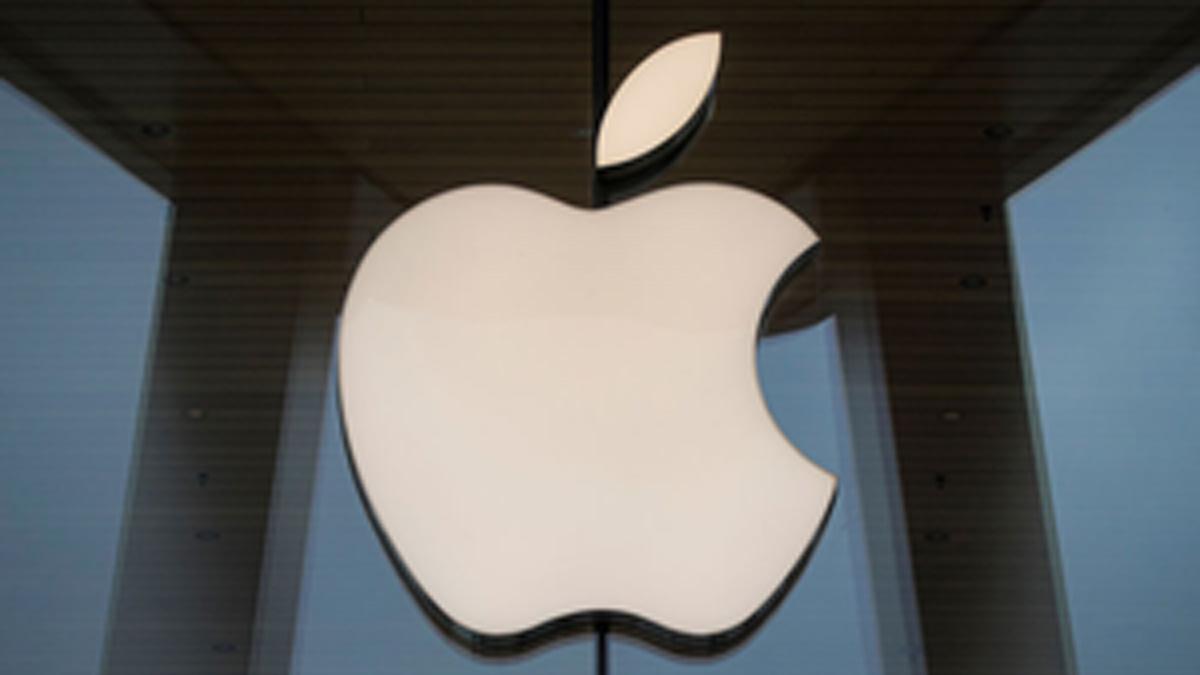The Indian IT industry is on the cusp of reaching a historic milestone of $300 billion in revenue by FY26, as per a recent report by Nasscom. The fiscal year 2025 has been characterized by strategic partnerships, with engineering R&D and Global Capability Centers (GCCs) being the top growth drivers.
Nasscom's Annual Strategic Review 2025 that lays out the key trends of FY2025E (estimated) and forecasts for FY26 traces this growth trajectory to heightened adoption of artificial intelligence (AI) in industry.
AI, GCCs, and Digital Trust: The Pillars of Growth
Sindhu Gangadharan, Nasscom Chairperson, emphasized the changing industry scenario by saying, "Increased AI adoption, emergence of Agentic AI, and increased maturity of GCCs as value centers are redefining industry dynamics. As the Indian technology industry is closing in on the $300 billion revenue mark in FY 2026, the convergence of technology, geopolitics, and trade necessitates a bold response.". Businesses need to make workforce tech transformation a priority, create digital trust, and develop resilience to propel sustainable growth in this fast-changing world.
The sector experienced a 5.1% growth in FY2025E, with incremental revenue of $13.8 billion, taking the overall figure to over $282.6 billion. Engineering R&D and GCCs, especially in service-based and business process management (BPM) verticals, have been the focus areas of growth. Nasscom's report shows that over two-thirds of big-ticket deals were centered around digital engineering, with high uptake in sectors such as banking, financial services, and insurance (BFSI), healthcare, and retail.
As of 2024, India had more than 1,750 GCCs, affirming the nation's role as a high-value service and product engineering provider. The distribution of revenues between worldwide MNCs and Indian providers is still close to equal.
Digital Economy Surpassing Export Growth
India's digital economy keeps accelerating, as domestic technology spending builds on exports for the second year in a row. Revenues from domestic technology increased 7% each year, driven by increasing investments in enterprise software, cloud computing, and artificial intelligence solutions.
Among the top contributors has been the 21% addition in data center capacity, which has drawn in additional investment and enhanced India's role in the international digital infrastructure arena. On top of this, e-commerce continues to expand at a quickening pace, with an annual growth rate of 35%, with estimated Gross Merchandise Value (GMV) approaching $200 billion.
The report also stated that the larger digital economy today contributes around 12% to India's GDP, and the digital public infrastructure alone brings in a 1% addition.
AI Adoption and Workforce Expansion
With evolving AI integration, Indian businesses are expanding their AI efforts. While overall adoption is cautious, more than 55% of Indian tech services' AI activity is aimed at long-term collaborations for scalable and future-proof AI solutions. Interestingly, over 90% of the top 20 service firms are integrating AI, cloud, data analytics, and generative AI across business processes. Additionally, 10-15% of enterprise generative AI proof-of-concepts are transitioning to full-scale production.
Despite rapid AI advancements and global challenges, India’s tech sector remains a net job creator. The industry is projected to add 126,000 new jobs, increasing the total workforce to 5.8 million by FY2025.
Rajesh Nambiar, Nasscom President, underscored the importance of tech skill intensity in determining the future of the industry. He said, "India's tech skill intensity will be a critical driver of future growth," and added that ongoing upskilling in niche and core technology domains will continue to be a priority for the industry.
Read also| India Blocks 119 Apps on Google Play Store, Most Linked to China and Hong Kong
Read also| Watch| Realme Launches P3 Series 5G Phones in India: Price and Key Features Revealed


















